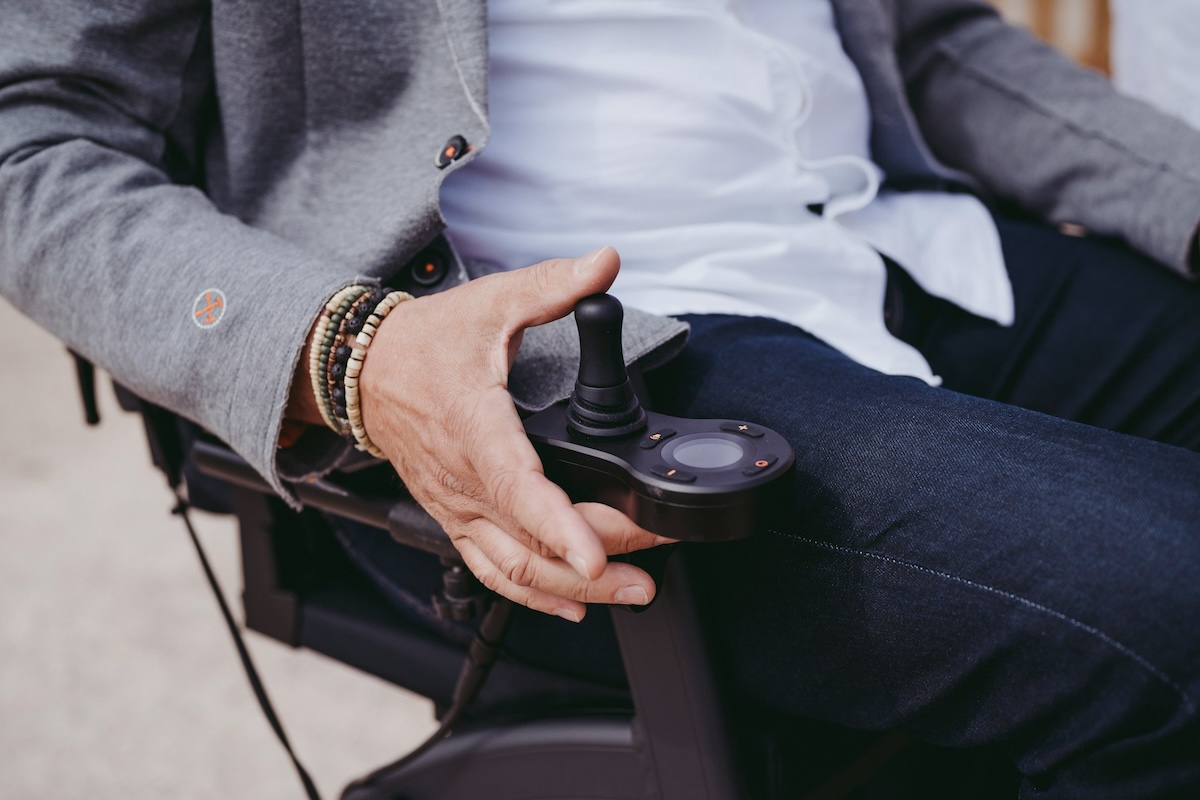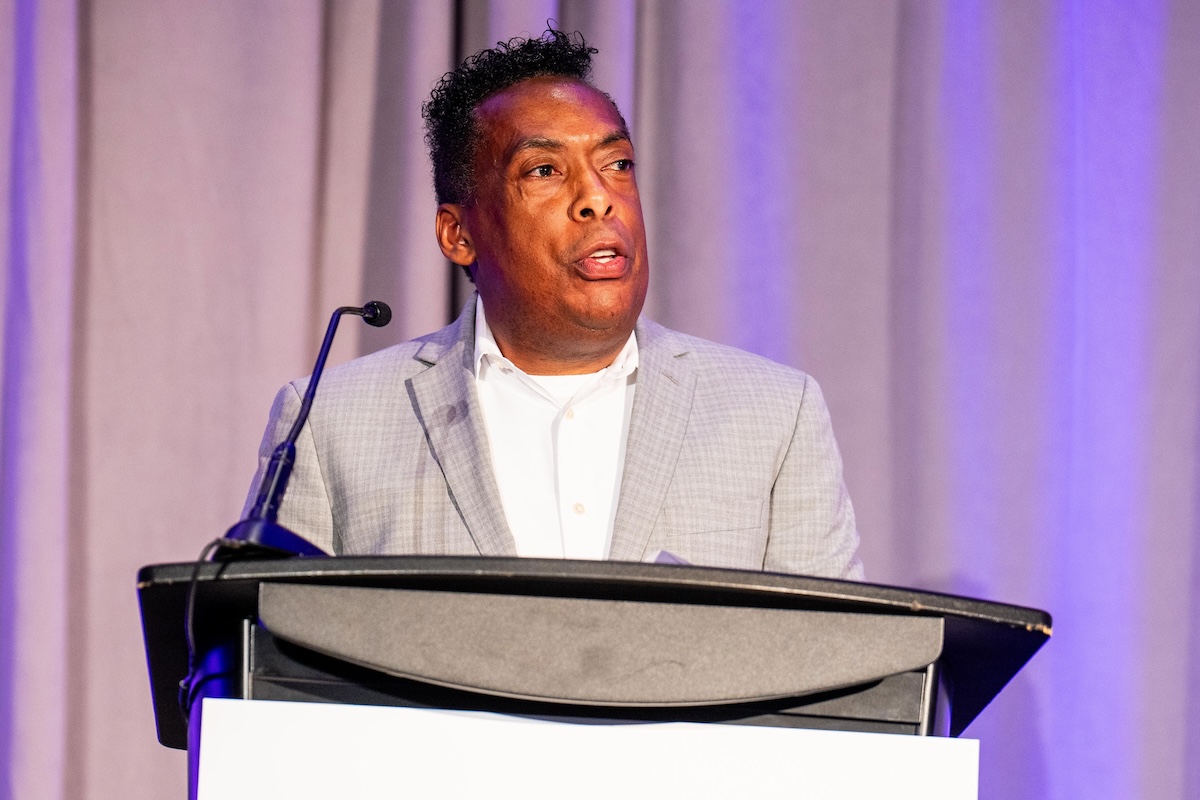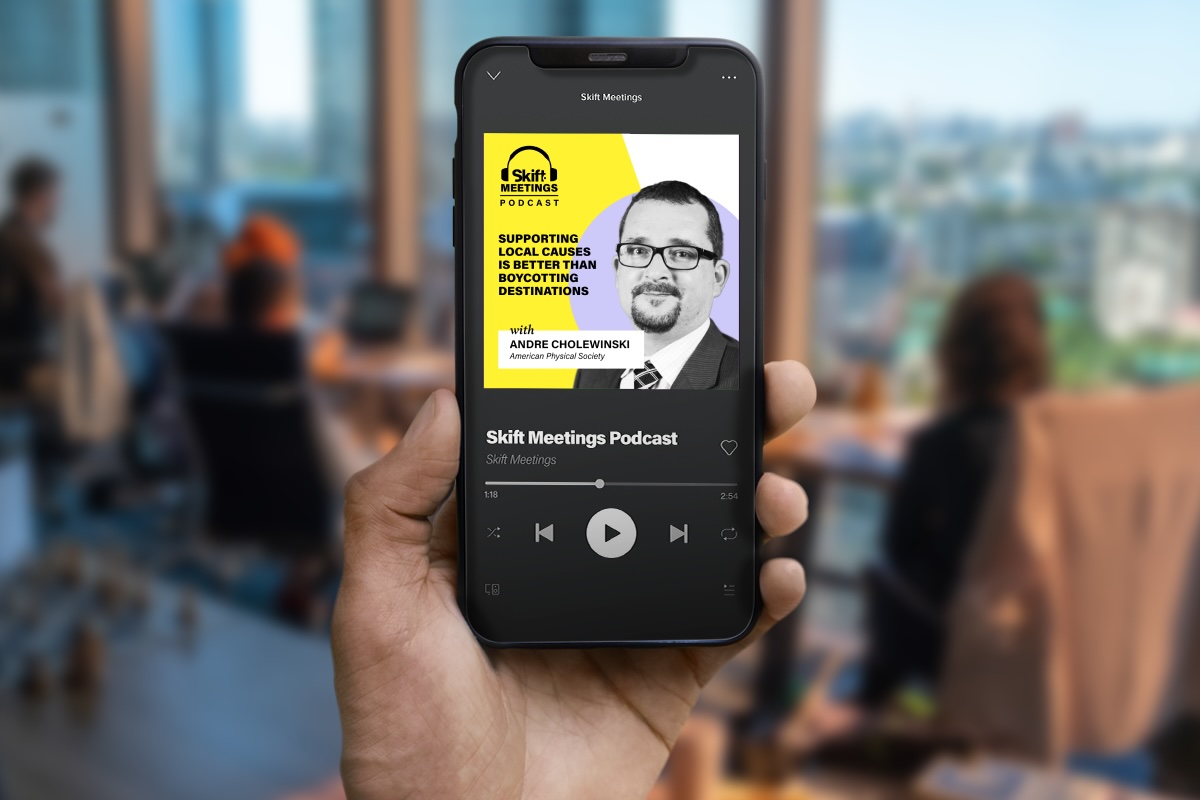Skift Take
Attendees with disabilities face far more accessibility issues than what’s covered by the Americans with Disabilities Act. Sage Inclusion plans to roll out a certification process to ensure inclusivity for all.
Accessibility for events and meetings involves more than just selecting an accessible venue with interior and exterior pedestrian ramps. Although the vast majority of U.S. venues comply with the Americans with Disabilities Act (ADA), there’s a lot more to venue accessibility than basic ADA compliance. The lack of standardized accessibility often results in attendees with disabilities avoiding events due to concerns about certain barriers.
Sage Inclusion has previewed a new accessibility certification for meetings and events that will consist of several international standards. The effort to create an accessibility certification for meetings and events began last year after Founder and CEO of Accessible Travel Solutions and Sage Inclusion, John Sage, saw that accessibility information for hotels and venues was largely obscured. Sage began his work by promoting accessible leisure travel 13 years ago.
“I go to a lot of travel conferences and the food is out of reach, for example,” Sage says. “I don’t know which hotel to stay in because the event organizer has not given any accessibility information about the hotels and I’m not sure how to get around,” he added. “I’m forced to figure that all out.”
Issues Facing Accessibility
The assumption many event organizers make is that ADA compliance automatically guarantees adequate accessibility, according to Sage. This is a major misstep in ensuring the necessary accessibility features are readily available, he explains.
“One thing that’s very interesting about the ADA doesn’t include furniture and it doesn’t include processes,” he said. “The ADA inspectors conduct their inspection of hotels before there’s any furniture and their guidelines don’t mention anything for bed height or the placement of towels or other amenities.”
Sage also highlights other blindspots in the ADA’s criteria other than the design of a space including the staff training. “Training is an important piece, but […] you can’t train your way into accessibility,” Sage says. “Somebody’s got to be out there with the measuring tape actually doing the measurements and know what to look for.”
Accessibility Starts with the RFP
Ensuring the accessibility of an event starts with the RFP, according to Sage. ”We think that the event organizers during the RFP process should start asking about accessibility very early on,” he says. “If planners start by asking certain questions regarding accessibility, then the conference centers, hotels and the DMCs will want accessibility certifications so that they can easily convey that they have been evaluated for accessibility.”
The Sage Inclusion website provides planners with questions to evaluate the accessibility of a destination divided into three pillars:
- Accessible travel, which includes accessible facilities
- Accessibility documentation
- Accessible customer service
Accessibility Evaluation Tools
Sage Inclusion offers accessibility evaluation tools, initially developed for leisure travel, that help determine the accessibility of hotels, attractions and DMOs. Planners can use the tools remotely before the event.
The Sage Inclusion team evaluates the collected data according to international and ISO standards. ”A conference center or a hotel or an event venue can take our tool, gather the accessibility details and then we will analyze that data according to all those international standards,” he says. “Then we’ll send recommendations for improvement.”
Accessibility evaluation tools are helpful in determining accessibility but also assist in creating a lasting impact at a destination. The documentation created helps the destination by providing valuable information to disabled attendees and travelers in the future.
According to Sage, documentation fills a tremendous gap on the accessibility front. Hotels rarely display images of hotel room restrooms, for example. This can be a potential blow to a disabled attendee’s confidence in traveling to the event, increasing the chances that they would decline to attend. This is where the value of highly detailed accessibility documentation truly shines.





